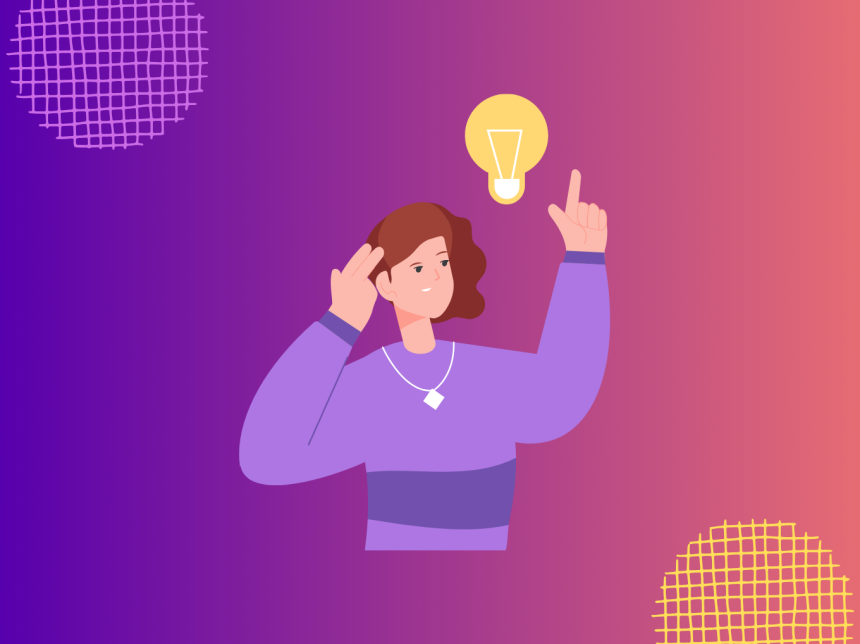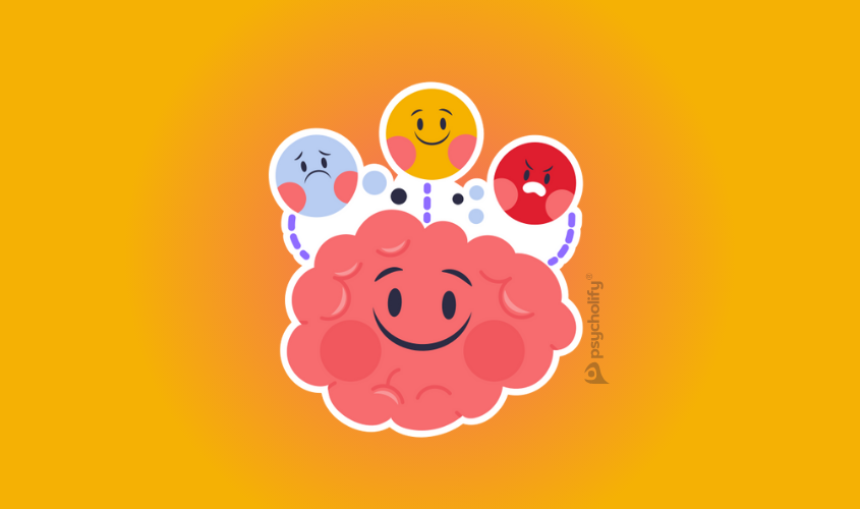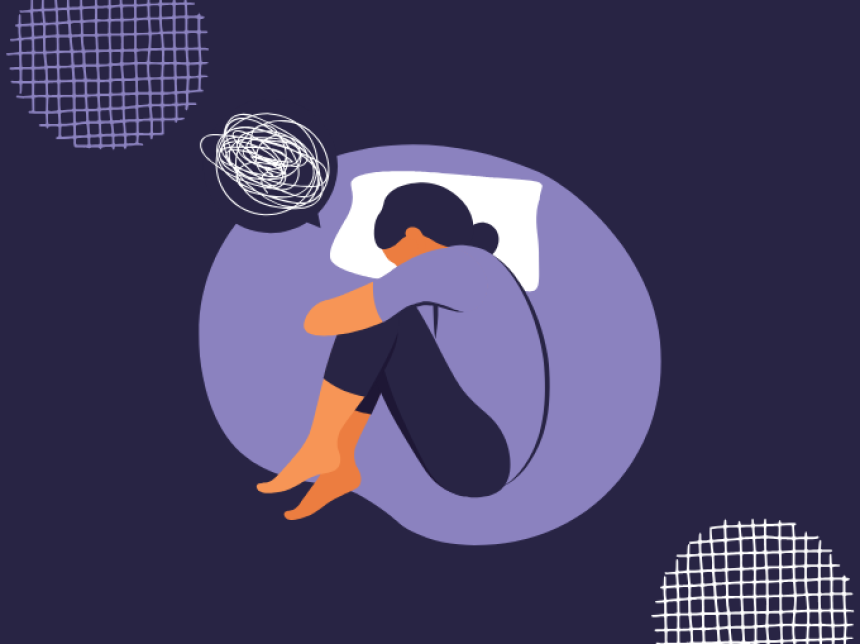
Thought and Problem-Solving Processes: How the Mind Tackles Challenges
Explore the psychology of thought and problem-solving. Learn how the brain processes challenges, strategies for solutions, and ways to boost creativity.
The Power of Human Thought
Humans are unique in their ability to think abstractly, reflect on ideas, and solve complex problems. From daily decisions like choosing what to eat, to scientific breakthroughs that change the course of history, thought and problem-solving lie at the heart of human progress.
Psychologists and neuroscientists have long studied how the mind processes information, generates solutions, and adapts to challenges. Understanding these processes not only reveals how we think but also provides practical strategies for improving decision-making, creativity, and mental performance.
What Is Thought in Psychology?
In psychology, thought refers to the cognitive processes that allow us to interpret information, form ideas, and plan actions. Thought includes:
- Concept Formation – Organizing knowledge into categories and mental models.
- Reasoning – Drawing logical conclusions from available evidence.
- Decision-Making – Evaluating options and choosing a course of action.
- Creative Thinking – Generating new and original ideas.
Thought is not linear—it’s dynamic, flexible, and influenced by memory, attention, and emotions.
The Psychology of Problem-Solving
Problem-solving is the process of identifying challenges, generating possible solutions, and selecting the most effective one. Psychologists describe it as a goal-directed cognitive activity involving several steps:
- Problem Identification – Recognizing that a situation requires resolution.
- Defining the Problem – Clarifying the nature of the challenge.
- Generating Alternatives – Brainstorming potential solutions.
- Evaluating Options – Weighing pros and cons.
- Implementing Solutions – Taking action.
- Reviewing Outcomes – Reflecting on effectiveness and adjusting if necessary.
This cycle is used not only in science and business but also in everyday life, from fixing a broken appliance to navigating social conflicts.
Theories of Thought and Problem-Solving1. Gestalt Psychology: Insight and “Aha!” Moments
Gestalt theorists argued that problem-solving often involves insight, where the solution suddenly becomes clear after a mental reorganization of information.
2. Information Processing Theory
This model views the mind like a computer—taking in input, processing it, and producing an output. It emphasizes working memory and logical steps in solving problems.
3. Dual-Process Theory
Psychologists describe two modes of thought:
- System 1: Fast, intuitive, automatic.
- System 2: Slow, analytical, deliberate.
- Both play crucial roles in problem-solving, depending on the complexity of the challenge.
4. Heuristics and Biases (Kahneman & Tversky)
Problem-solving often involves mental shortcuts (heuristics) that save time but can also lead to biases and errors.
Barriers to Effective Problem-Solving
Even though humans are skilled thinkers, certain barriers can hinder problem-solving:
- Functional Fixedness – Seeing objects or ideas only in their traditional use.
- Confirmation Bias – Focusing only on evidence that supports existing beliefs.
- Overconfidence – Overestimating knowledge or solutions.
- Emotional Interference – Stress and strong emotions clouding rational thought.
Recognizing these barriers is the first step toward overcoming them.
Strategies to Improve Problem-Solving
Psychology offers a variety of practical strategies to enhance thought and problem-solving skills:
- Brainstorming – Generating many ideas without immediate judgment.
- Lateral Thinking – Approaching problems from unconventional perspectives.
- Mind Mapping – Visualizing connections between concepts.
- Analogical Thinking – Applying solutions from one problem to another similar case.
- Critical Thinking – Evaluating evidence and questioning assumptions.
- Mindfulness and Reflection – Slowing down to see problems clearly.
Creativity and Innovation in Thought
Problem-solving is not just about logic—it also requires creativity. Creative problem-solving involves:
- Divergent Thinking – Generating multiple possible solutions.
- Convergent Thinking – Narrowing down to the best solution.
- Incubation – Allowing the subconscious mind to process information.
- Illumination – The moment of breakthrough or insight.
Great innovations—from scientific discoveries to works of art—often emerge from combining logic with creativity.
Thought, Problem-Solving, and Mental Health
The way we think and solve problems has direct effects on mental well-being:
- Adaptive Thinking → Builds resilience, reduces stress.
- Rigid Thinking → Increases anxiety and helplessness.
- Effective Problem-Solving → Boosts self-confidence and coping ability.
- Poor Problem-Solving → Linked to depression and frustration.
Therapeutic methods like Cognitive-Behavioral Therapy (CBT) teach clients how to reframe thoughts and apply structured problem-solving to real-life challenges.
The Role of Technology and AI in Problem-Solving
Modern problem-solving is increasingly shaped by technology. Artificial Intelligence (AI), big data, and machine learning provide tools that extend human capacity for analysis and innovation.
Yet, human creativity, intuition, and emotional intelligence remain irreplaceable in solving problems that involve ethics, relationships, and values.
Future Perspectives: The Evolution of Thinking
The study of thought and problem-solving continues to grow, with exciting directions:
- Neuroscience is mapping brain networks involved in creativity and decision-making.
- Educational Psychology develops new methods to teach problem-solving in schools.
- Cross-Cultural Studies explore how culture shapes thinking styles.
- Cognitive Enhancement Tools (like brain-training apps) aim to sharpen mental processes.
Conclusion: The Endless Journey of the Mind
Thought and problem-solving processes are central to human identity and progress. They allow us to navigate daily challenges, achieve goals, and shape the future of society. By understanding how thought works and applying effective strategies, we can unlock our full potential as thinkers, creators, and problem-solvers.
Ultimately, problem-solving is not just a skill—it is a lifelong journey of learning, adapting, and evolving.




